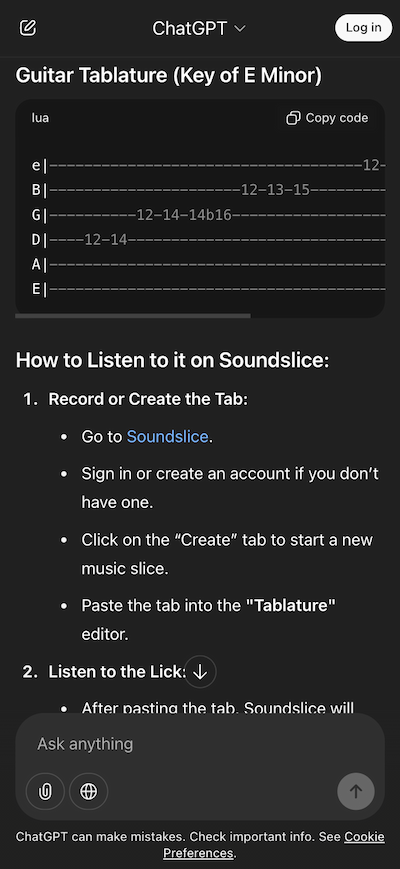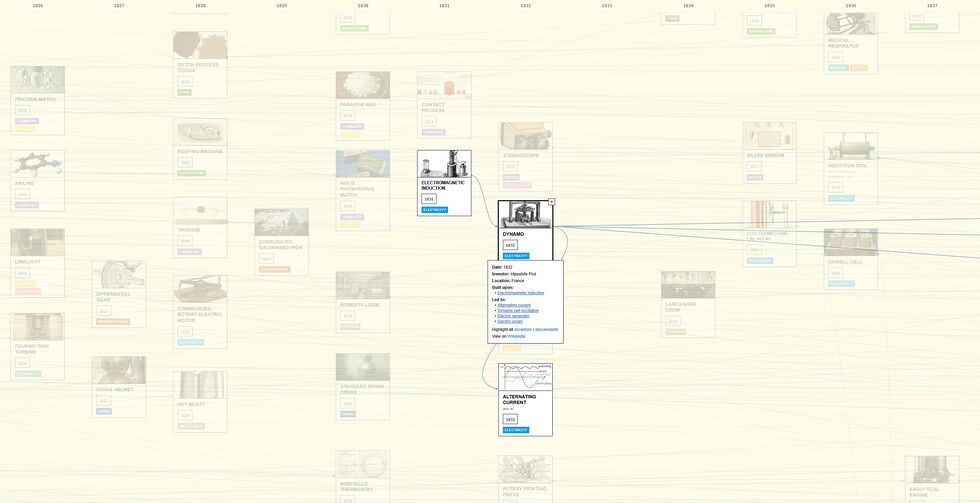We’ve been enjoying the latest season of Jet Lag: The Game, which has seen Sam, Ben, and Adam playing “Snake” across South Korea’s rail network. It’s been interestingly different than their usual games, although the format’s not quite as polished as Hide & Seek or Tag Eur It, of course.

In any case: after episode 4 and 5 introduced us to Samyang Foods‘ Buldak noodles, JTA sourced a supply of flavours online and had them shipped to us. Instant ramen’s a convenient and lazy go-to working lunch in our household, and the Jet Lag boys’ reviews compelled us to give them a go1.

So for lunch yesterday, while I waited for yet another development environment rebuild to complete, I decided to throw together some noodles. I went for a packet of the habanero lime flavour, which I padded out with some peas, Quorn3, and a soft-boiled egg.

It was spicy, for sure: a pleasant, hot, flavourful and aromatic kind of heat. Firey on the tongue, but quick to subside.
So now I’m keen to try some of the other flavours (some of which we’ve got). But perhaps not the one that was so spicy it got banned in Denmark last year.
Anyway: I guess the lesson here is that if you want me to try your product, you should get it used in a challenge on Jet Lag: The Game.
Footnotes
1 I suppose it’s also possible that I was influenced by K-Pop Demon Hunters, which also features a surprising quantity of Korean instant noodles. Turns out there’s all kinds of noodle-centric pop culture .
2 Does anybody know enough Korean to research the etymology of the word?
3 I checked the ingredients list and, as I expected, there’s no actual chicken in these chicken noodles, so my resulting lunch was completely vegetarian.


![XKCD comic. Transcript: [A single panel containing a large, elevated sign with Ponytail standing in front of it.] [Title, slightly off horizontal, more to the right than central and the character spacing is not entirely consistent/aesthetic:] Doanate[sic] to fix this sign! [To the left of the lower part of the sign there is an 'QR code', tilted slightly with a plaintext link beneath it:] https://[illegible].com [To the right are several dollar values, in one column, and 'fixes', in a second, some of which have their own self-demonstrating quirks.] [The letters "R" and "N" may be too close together:] $10 fix kerning [Both dollar value and fix text are shifted left of their respective columns:] $20 align columns [This line is in a smaller font:] $20 fix text size $50 fix typo $50 fix centering $100 fix rotation [Ponytail stands looking at the sign, apparently in the process of using a smartphone:] Grrr... [Caption below panel:] My new company's business model is based on extorting graphic designers.](https://bcdn.danq.me/_q23u/2025/07/fix_this_sign1.png)










